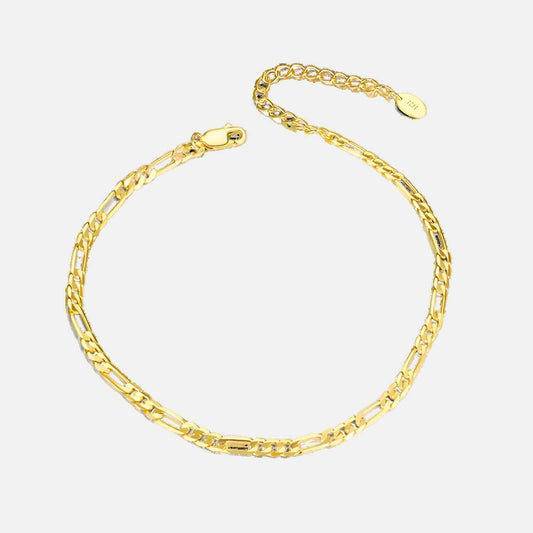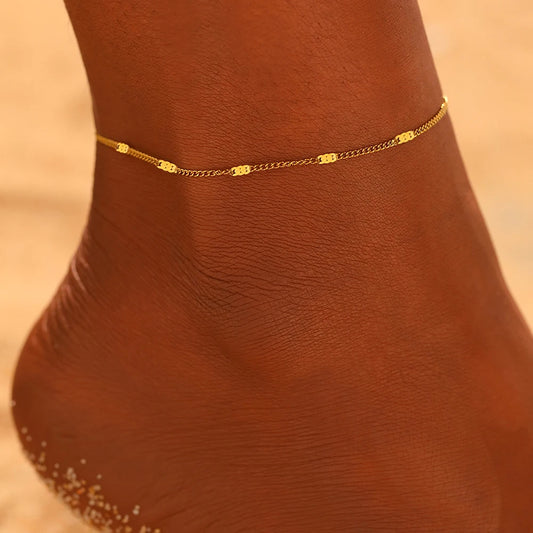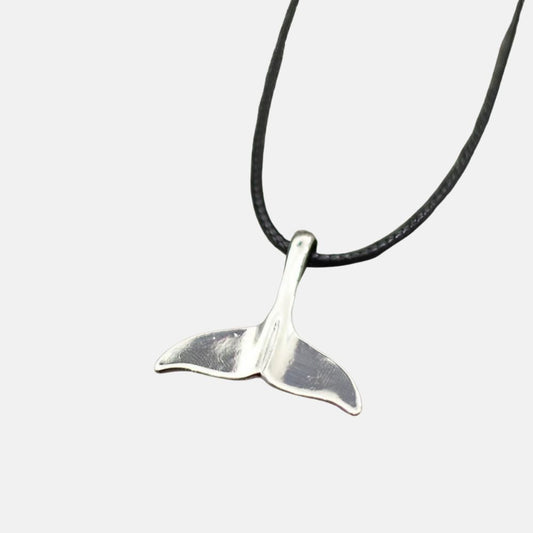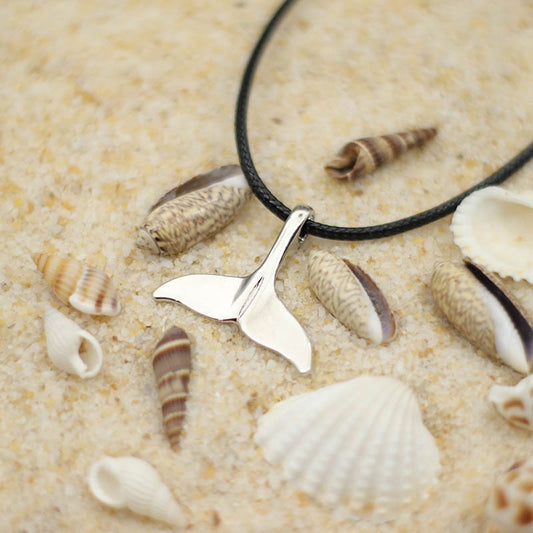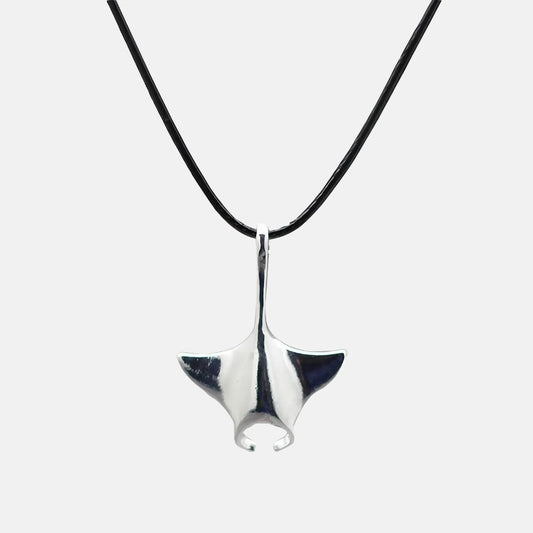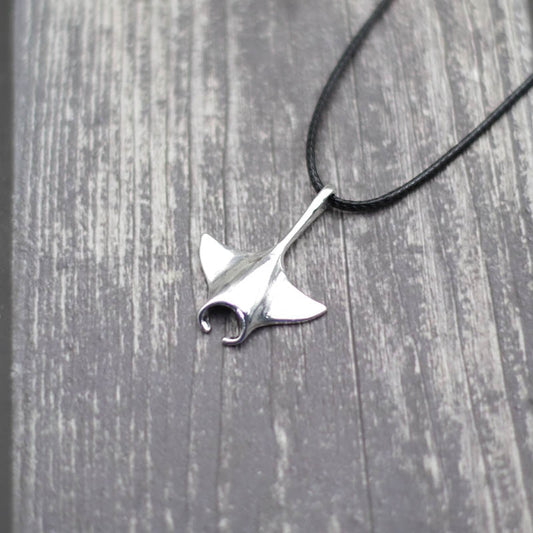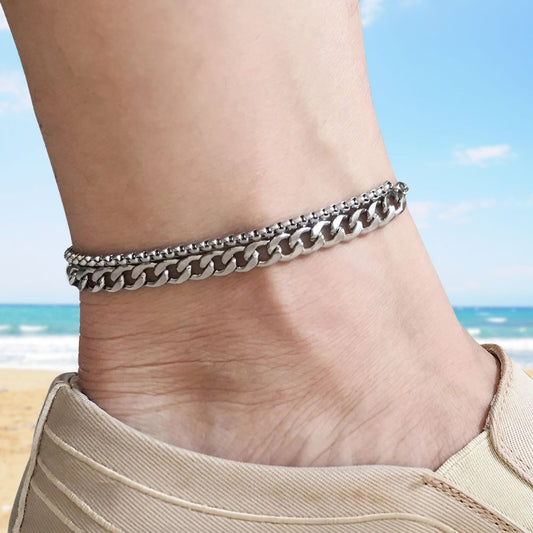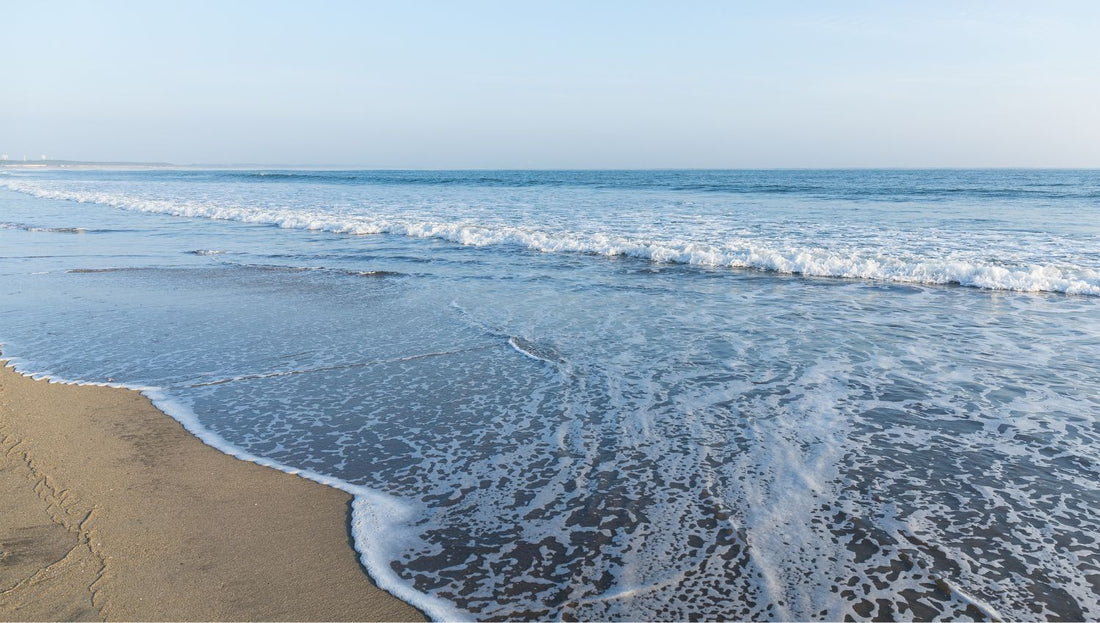
The Seven Seas: Discover their mysteries
Since the dawn of time, the oceans have always been at the center of many legends , adventures and explorations . The Seven Seas, an ancient and fascinating concept, evoke the idea of a mysterious world filled with treasures . In this article, we will discover these seas, their particularities and their inestimable values.
The Seven Seas: A notion in perpetual evolution
The Seven Seas have been defined differently across times and cultures. The Greeks and Romans spoke of the seven seas of their known world, while the Arabs spoke of the seven seas of the Indian Ocean. Today, we refer instead to the seven oceans which surround the continents.

The seas that make up the Seven Seas
The Mediterranean Sea
With an area of 2.5 million km², the Mediterranean Sea is located between Europe, Africa and Asia. It is surrounded by 22 countries and is bordered by varied landscapes, ranging from snow-capped mountains to arid, desert coasts. It represents a crossroads of civilizations and cultures, with priceless historical and artistic treasures.
The Red Sea
Located between Africa and Asia, the Red Sea extends over 450,000 km². It is known for its warm, crystal clear waters, which make it a paradise for divers. Its biodiversity is also impressive, with nearly 1,200 species offish and more than 250 species of coral .
The black Sea
The Black Sea , with an area of 436,000 km², is bordered by six countries: Russia, Ukraine, Romania, Bulgaria, Turkey and Georgia. It is connected to the Mediterranean Sea by the Bosphorus Strait. The Black Sea is rich in history, with remains of ancient Greek and Roman cities dotting its shores.
The Arabian Sea
Spanning 3.86 million km², the Arabian Sea is located between the Arabian Peninsula and the Indian subcontinent. It is the cradle of the Indus civilization and played a key role in trade between the West and the East. Today, it is a major energy corridor, with around 40% of the world's oil passing through this route.
The South China Sea
The South China Sea , with an area of 3.5 million km², is bordered by China, the Philippines, Vietnam, Malaysia, Indonesia and Brunei. It is renowned for its turquoise waters and its heavenly landscapes, such as the Spratly and Paracel Islands. This sea is also at the heart of territorial conflicts and claims, making it a sensitive geopolitical area.
Caribbean Sea
Located between North America and South America, the Caribbean Sea extends over an area of approximately 2.75 million km². It is bordered by more than 30 countries and territories, including Cuba, Jamaica, the Dominican Republic and Puerto Rico. The Caribbean Sea is famous for its white sand beaches, crystal clear waters and exceptional biodiversity, home to a multitude of marine and terrestrial species .
The Baltic Sea
The Baltic Sea , located in northern Europe, covers an area of approximately 415,000 km². It is bordered by nine countries, including Sweden, Finland, Russia, Estonia, Latvia, Lithuania, Poland, Germany and Denmark. The Baltic Sea is the youngest of the oceans, with a geological history dating back only 10,000 years. It is also known for its low-salt waters and its particular climatic conditions , which make it a unique ecosystem .
The importance of the Seven Seas in history and culture
Ancient trade routes
The Seven Seas have always been routes of communication and exchange between civilizations. The Phoenicians, Greeks, Romans, Arabs and Europeans all used these seas to trade, colonize and expand their influence. The trade in spices , silk and precious metals shaped the history and development of many regions.
Natural and cultural treasures
Each of the Seven Seas has unique natural and cultural riches. From the coral reefs of the Red Sea to the remains of the Mayan civilization in the Caribbean Sea, to the Greek and Roman temples that line the Mediterranean Sea, these seas are home to treasures that bear witness to the diversity and richness of our heritage global.

Environmental challenges and the protection of the Seven Seas
Pollution and degradation of marine ecosystems
The Seven Seas face many environmental challenges , such as plastic pollution , overfishing and global warming . These threats have a considerable impact on marine biodiversity and fragile ecosystems.
Initiatives to preserve the Seven Seas
Many organizations and governments are working to preserve and protect the Seven Seas. Marine protected areas have been created to safeguard critical habitats, while clean-up and awareness initiatives are being put in place to combat plastic pollution .
Legends and myths of the Seven Seas
Pirates and hidden treasures
The Seven Seas have been the scene of many adventures of pirates and corsairs. Stories of buried treasure, naval battles and treasure hunts have given rise to legends and myths that continue to capture our imagination. Among the most famous pirates, we can cite Blackbeard , Anne Bonny , and William Kidd , all of whom left an indelible mark on the history of piracy.
Fantastic and mythical creatures
The Seven Seas are full of legends about fantastic and mythical creatures that populate their depths. The Kraken , a giant creature with fearsome tentacles , is one of the most famous of these creatures, while mermaids and mermen have also captured the collective imagination. These myths and legends reflect the attraction and fascination that the oceans have on the human mind.
The discovery and exploration of the Seven Seas
The great maritime expeditions
The Seven Seas have been the scene of great maritime expeditions throughout history. Famous navigators , such as Christopher Columbus, Vasco da Gama, and James Cook, traveled these waters in the hope of discovering new lands, establishing trade routes and expanding knowledge of the world. These explorations made it possible to map and better understand the oceans, while paving the way for new scientific and geographical discoveries.
Modern scientific expeditions
Today, exploration of the Seven Seas continues through scientific expeditions that seek to unravel the mysteries of these vast bodies of water. Submersibles and underwater robots are used to study ocean depths , while satellites allow large-scale marine phenomena to be monitored and analyzed. This research contributes to a better understanding of the oceans and their ecosystems , and makes it possible to implement preservation and protection actions.
The economic and social impact of the Seven Seas
Marine resources and their exploitation
The Seven Seas are full of marine resources , whether fish, crustaceans , molluscs or even minerals and energy. The exploitation of these resources plays a crucial role in the economies of many countries and regions, providing jobs, income and raw materials. However, the excessive and unsustainable exploitation of these resources poses environmental and social problems, such as the degradation of ecosystems, the decline in fish stocks and the loss of biodiversity.
Tourism and the promotion of the Seven Seas
Tourism is a major economic activity around the Seven Seas, with millions of visitors coming each year to enjoy the beaches, landscapes, historic sites and water activities . This sector represents an important source of income and employment for many countries and local communities. However, tourism development can also cause environmental and social problems, such as pollution, degradation of natural habitats and pressure on local resources.
Geopolitical issues and conflicts around the Seven Seas
The Seven Seas are the scene of many geopolitical issues , with territorial conflicts, claims and rivalries between riparian countries. Marine resources, trade routes and zones of influence are all factors that fuel these tensions and rivalries. International cooperation and dialogue are essential to resolve these conflicts and ensure sustainable and peaceful management of maritime spaces.
Future challenges and prospects for the Seven Seas
The transition to a sustainable blue economy
Faced with environmental and social challenges, it is imperative to rethink our relationship with the oceans and develop a sustainable blue economy . This involves promoting environmentally friendly practices, encouraging the circular economy and implementing policies for the sustainable management of marine resources.
Technological innovations and their role in preserving the Seven Seas
Technological advancements and innovations play a key role in preserving the Seven Seas. More selective and less destructive fishing techniques, biodegradable materials to replace single-use plastics, or even marine renewable energies are all examples of solutions that can help protect and preserve the oceans.
Education and awareness of the importance of the Seven Seas
Education and awareness are essential to involve citizens and economic actors in the preservation of the Seven Seas. Educational programs, awareness campaigns and citizen mobilization initiatives can help promote a better understanding of environmental and social issues related to the oceans, and encourage responsible and sustainable behavior.
Conclusion on the seven seas
The Seven Seas are a precious heritage for humanity , with a rich history, priceless natural and cultural treasures, and unique biodiversity. It is crucial to preserve and protect them for future generations.
As global citizens, we all have a role to play in preserving these natural wonders, whether by adopting eco-friendly practices, supporting conservation initiatives, or being responsible when traveling. Together, we can help save the Seven Seas and their riches, so that our children and future generations can fully enjoy and cherish them as we do today.










